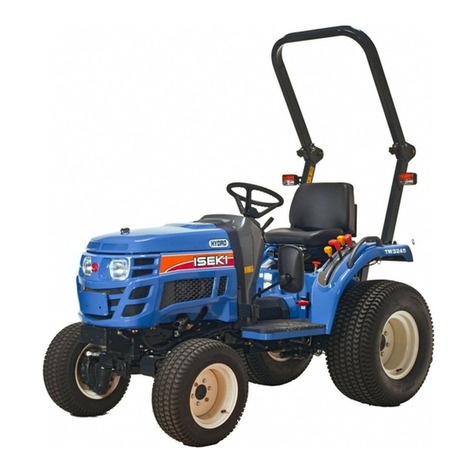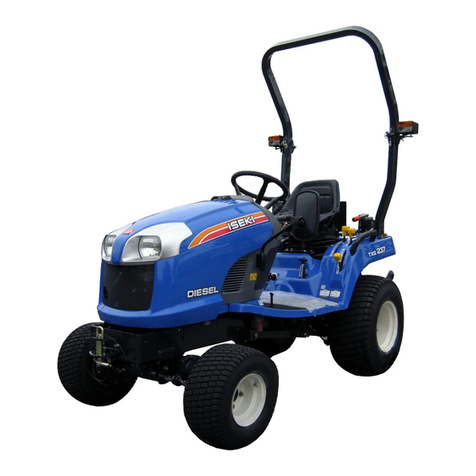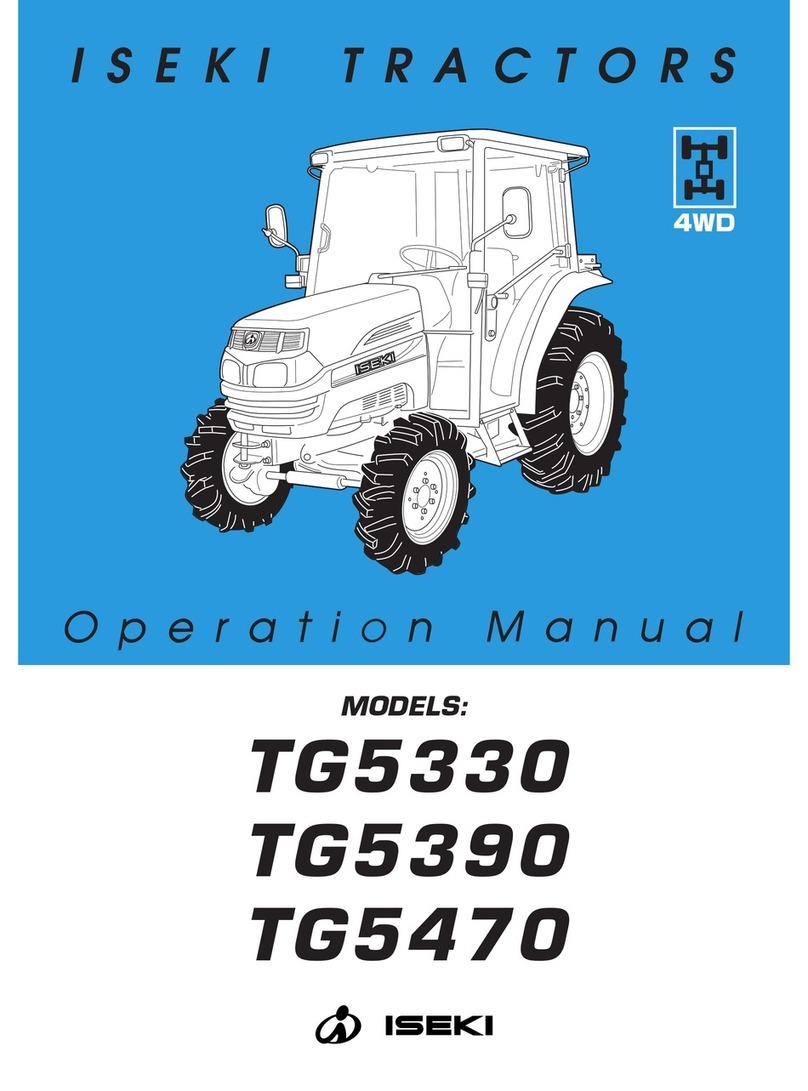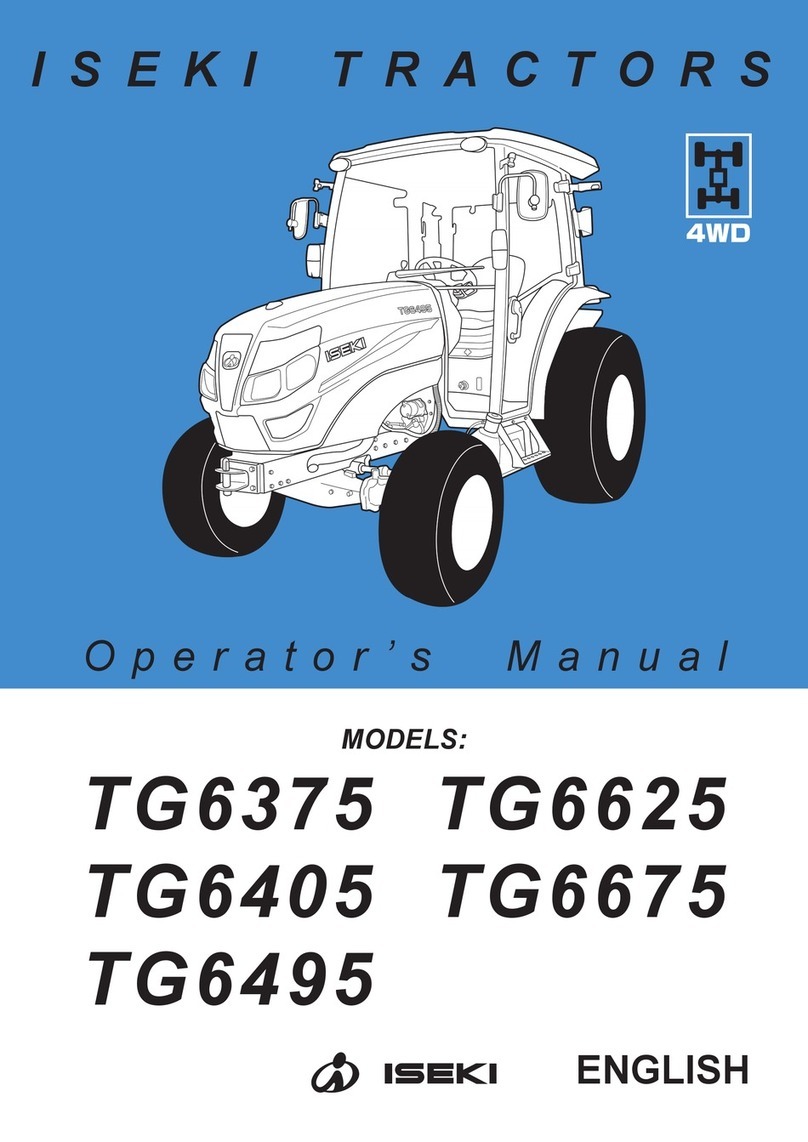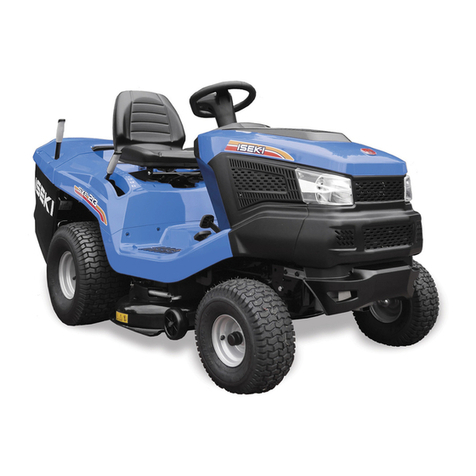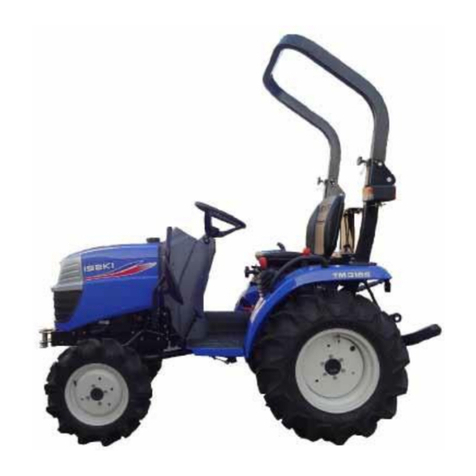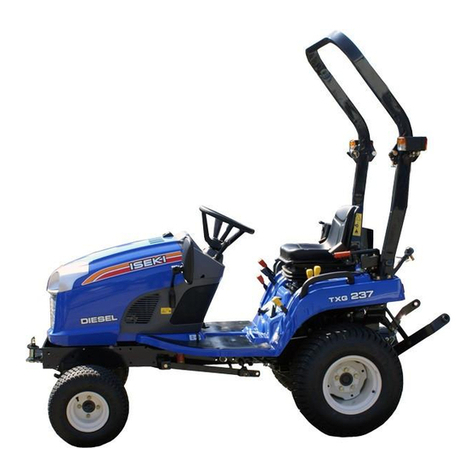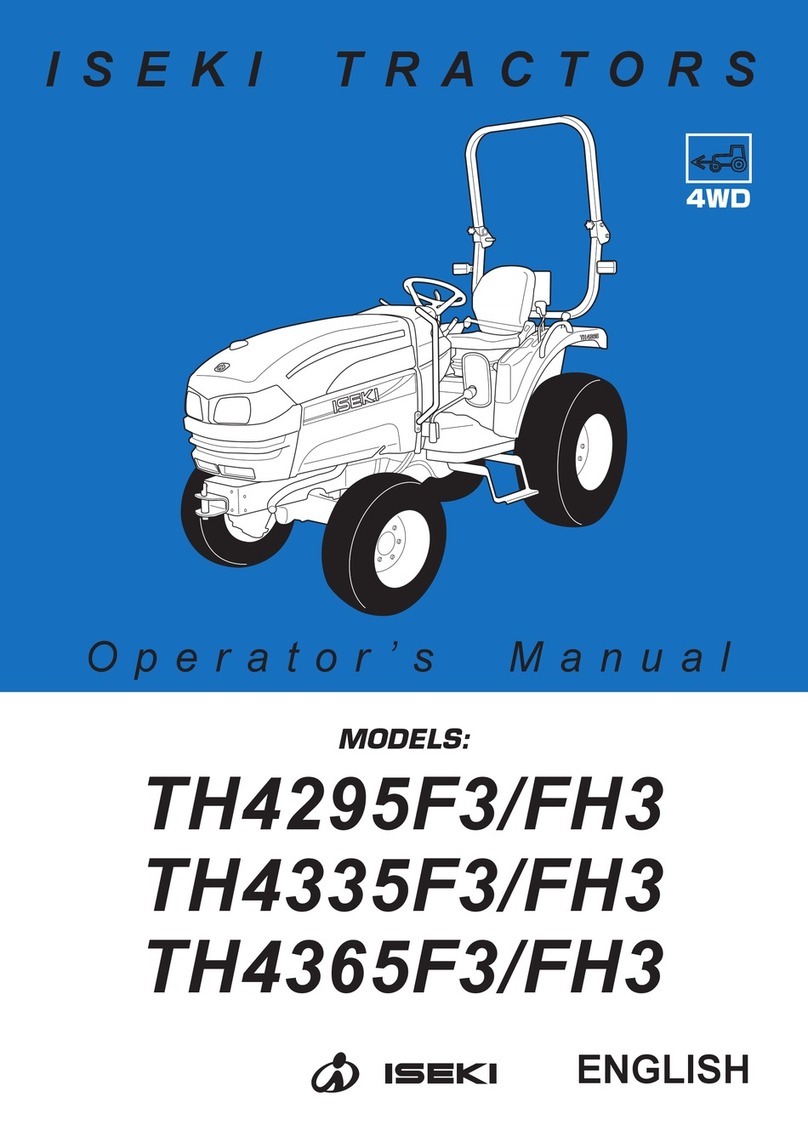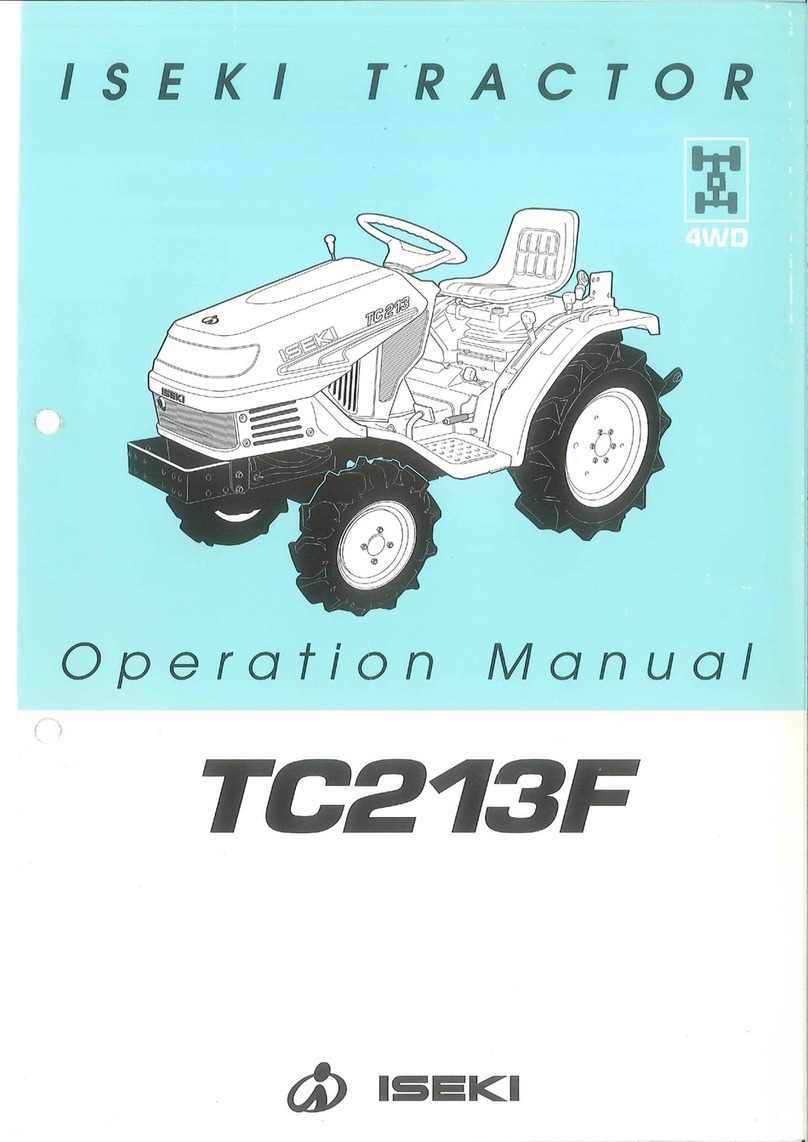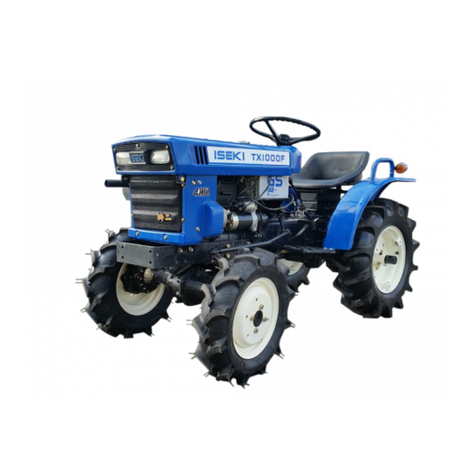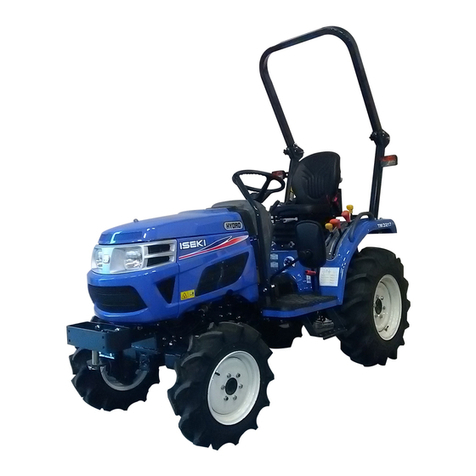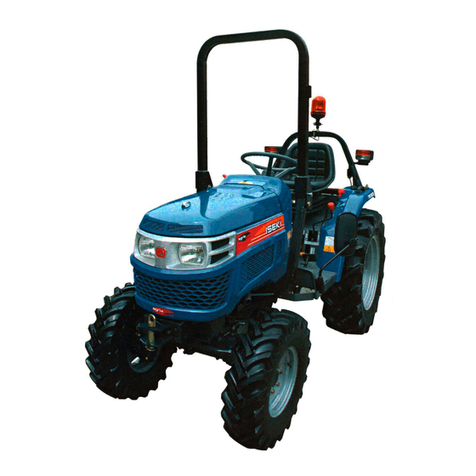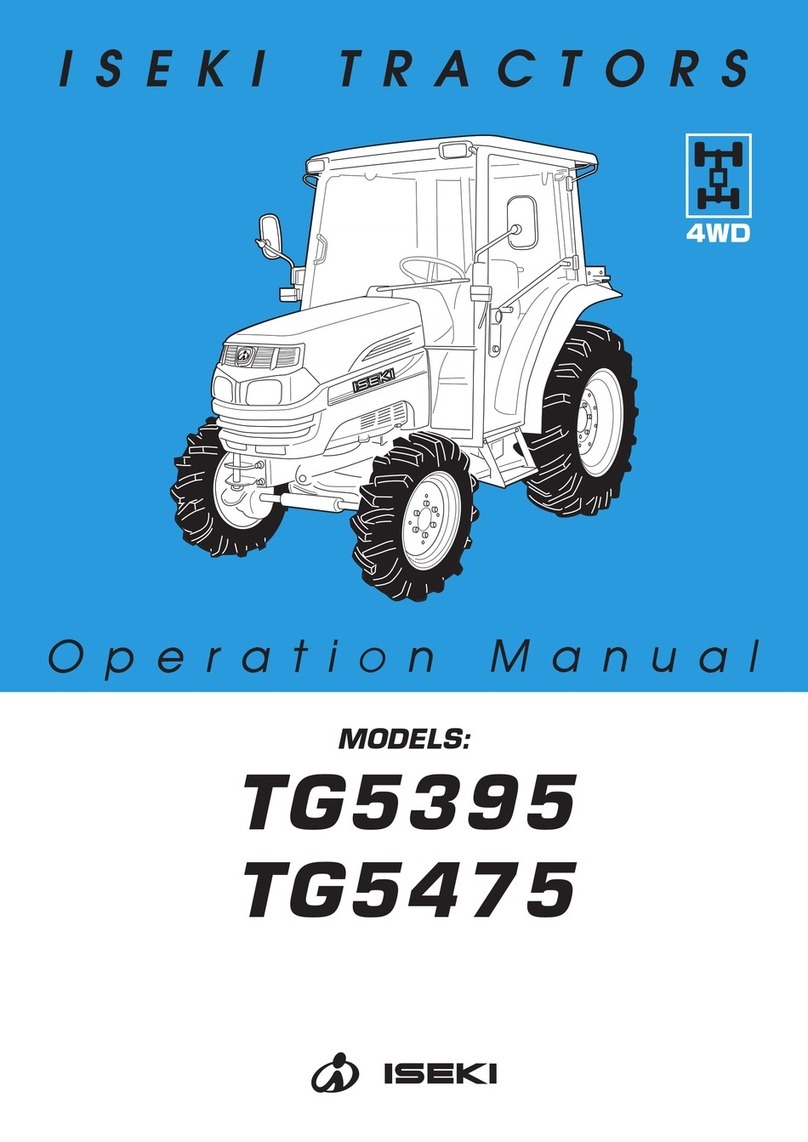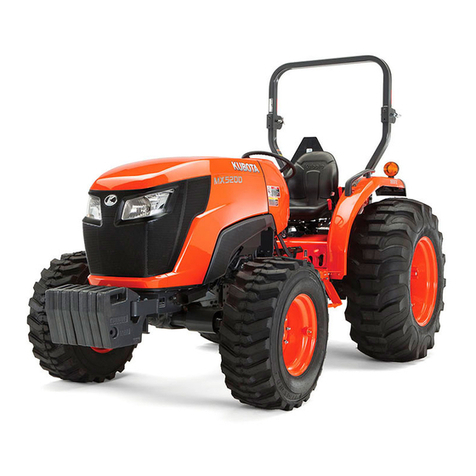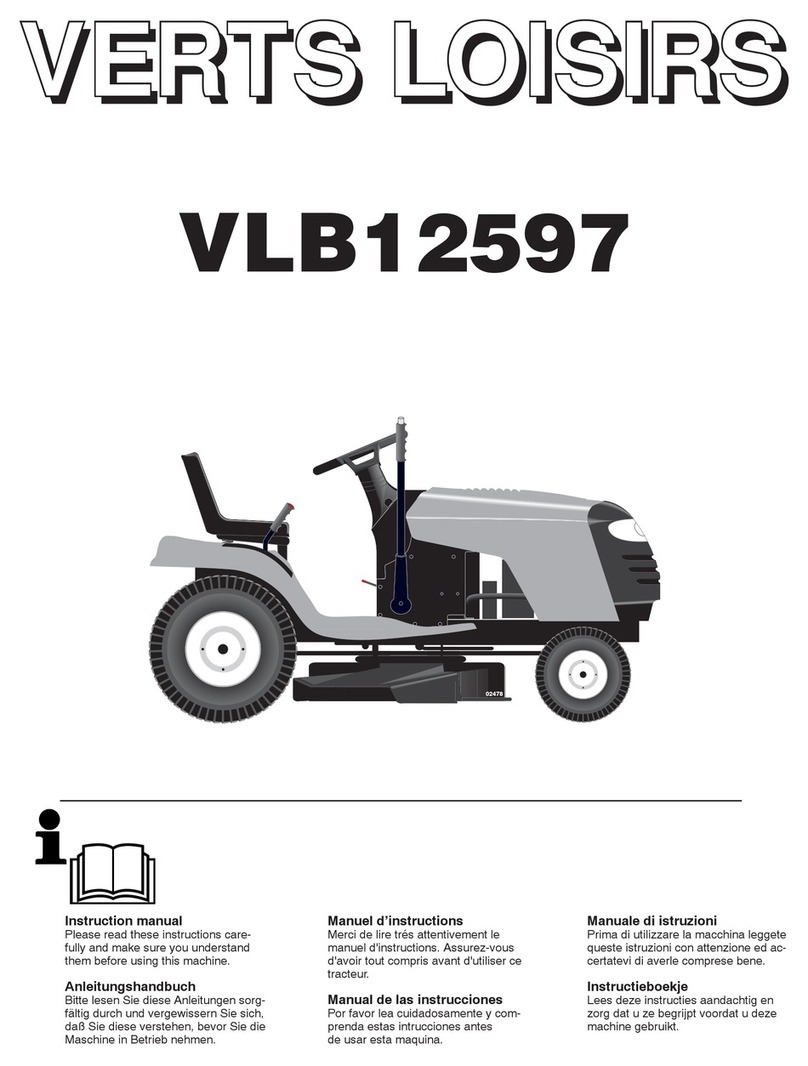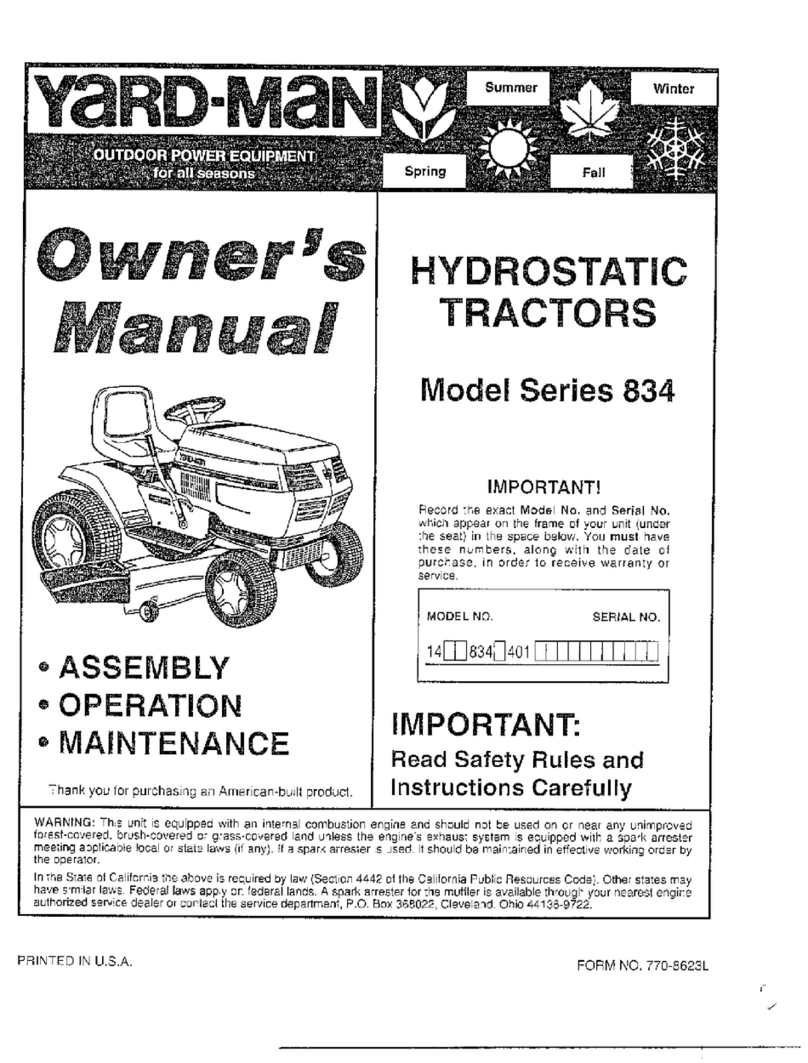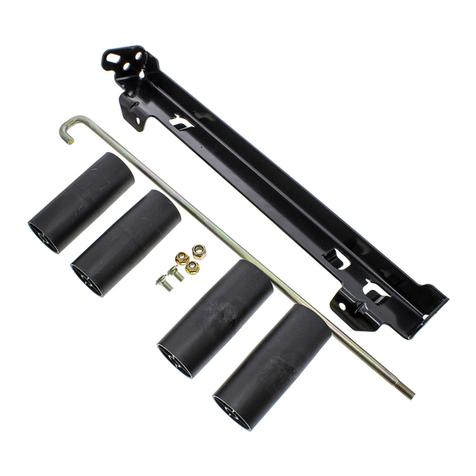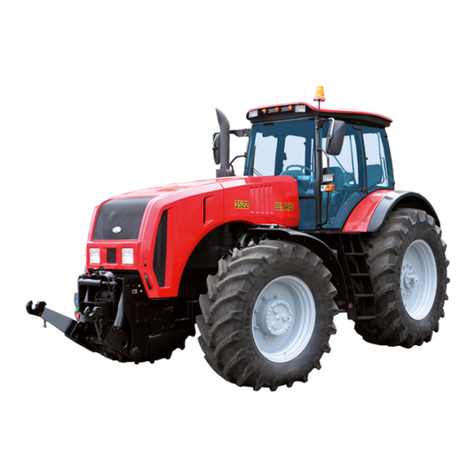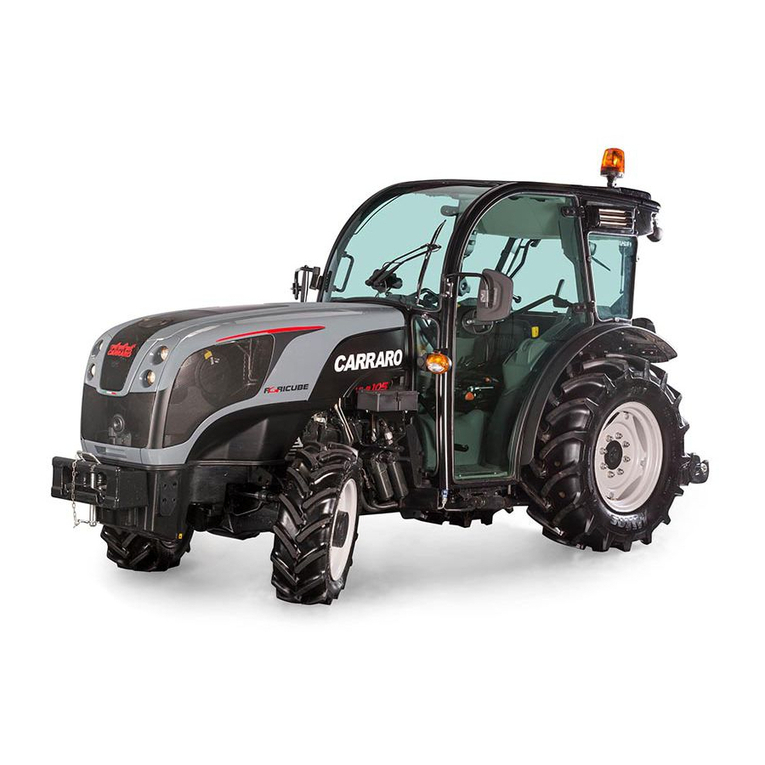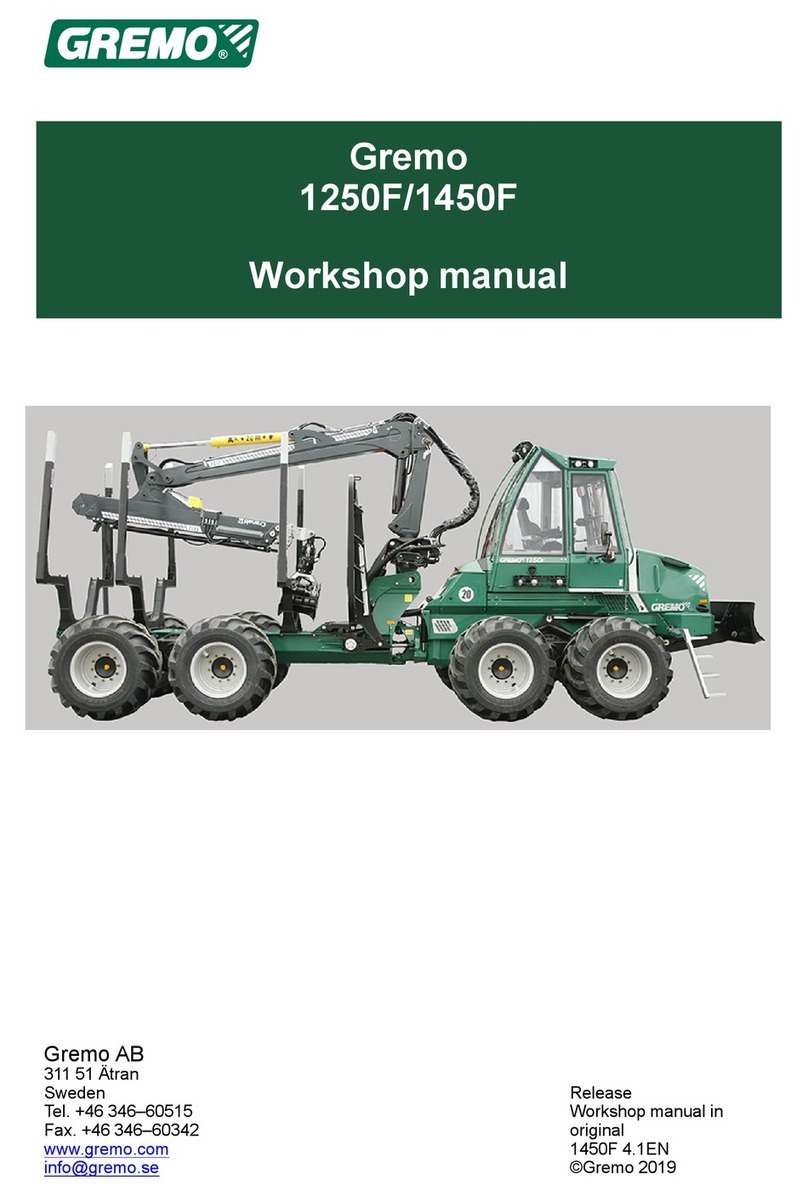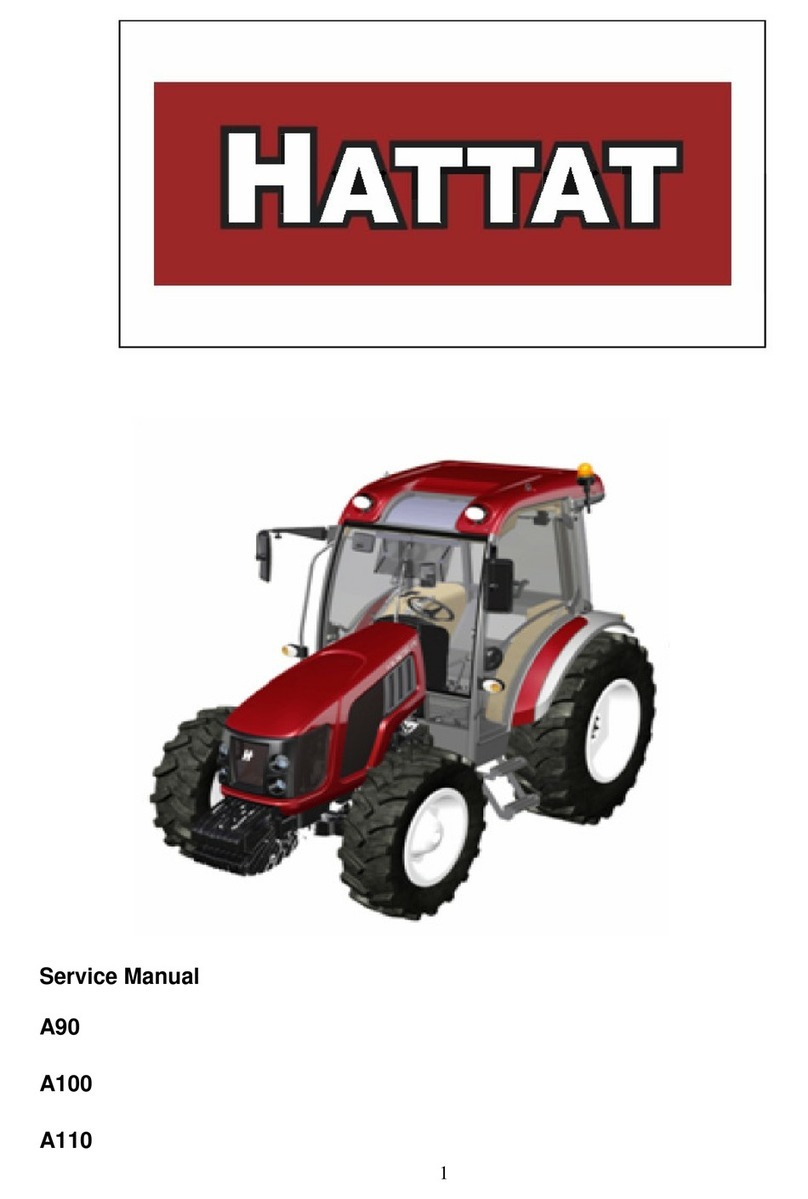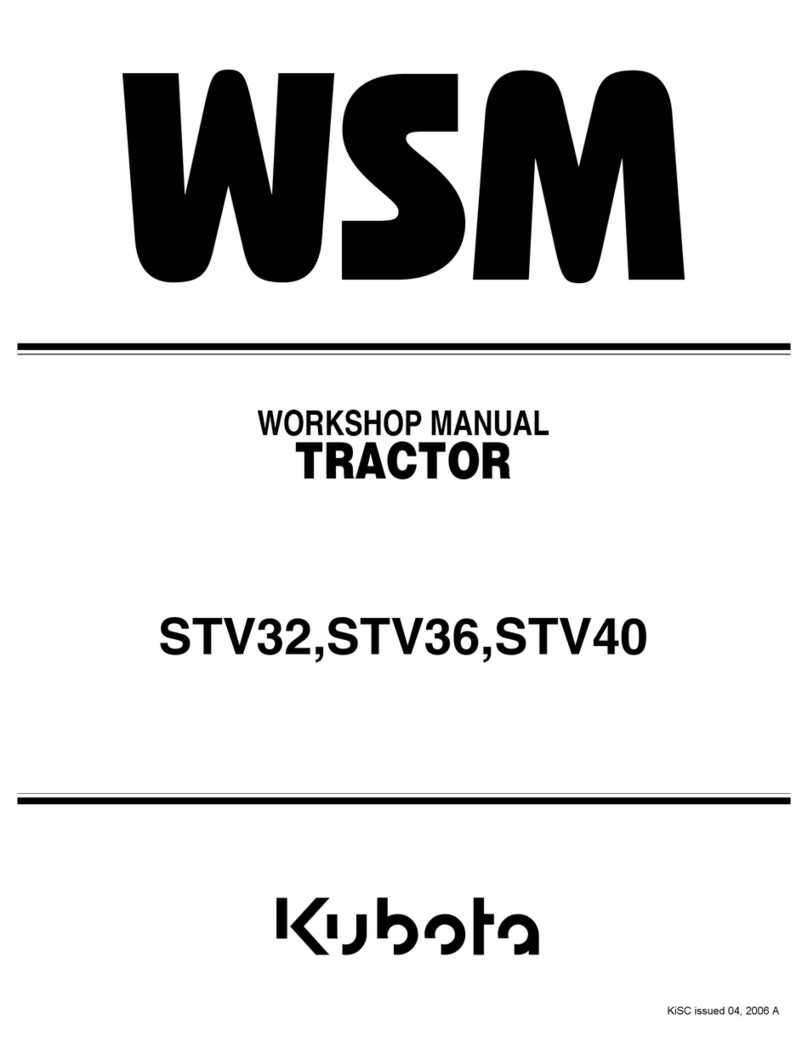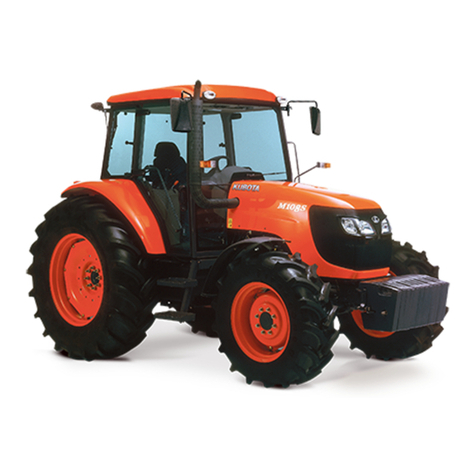
TU320F
&
TU324F
General
Precautions
As a manufacturer of agricul- 4) Wear appropriate clothing and given in the operator's manual
tural equipment, ISEKI strives other protective devices to maintain the machine in
to design and deliver the during operation. best condition.
safest equipment possible.
Once a machine has been a. Protection
of
your head 2) Pay special attention to the
delivered to a user, however, Wear protective headgear controls and safety measures
it is the operator
of
the ma- such as a helmet, especially for the machine when servic-
chine who must assume the when traveling on roads or ing it.
If
the machine func-
responsibility
of
avoiding handling material above your tions properly and performs
accidents. Understand thor- head. normally, the chances
of
an
oughly the following precau- b. Protection to avoid being accident will be reduced
tions, always keep them in caught in the machine. greatly.
mind before, during, and after Wear tight-fitting clothing and
operation, and never take headgear, because loose 3) Select level ground where
chances. It has been said that clothing or hair can get caught there is no traffic to service
the best safety device is a in the moving parts
of
the the machine. When you must
careful operator. We ask you machine. service the machine indoors
to be a careful, safe operator. c. Protection from poisonous with the engine running, open
dust or gases the doors and windows to
1.
How
to be a safe
operator
Be sure to wear a protective provide sufficient ventilation.
device to protect the respira-
I) Familiarize yourselffully with tory system, eyes and skin 4) Before inspecting or servicing
the machine controls by when handling poisonous the machine, apply the park-
studying the operator's man- chemicals. ing brake, and block the tires
ual before using your rna- d. Protection
of
the ears if necessary. If you have to
chine. Wear ear plugs or take suit- work under a heavy imple-
able countermeasures to ment raised by the hydraulic
2) Never allow persons listed protect your ears when you power lift, be sure to lock the
below to operate the machine. must operate the machine lift and use other protective
under extremely noisy condi- means to support the imple-
a. Persons with mental disease tions. ment.
b. Persons who cannot operate e. Maintenance
of
protective
the machine properly because devices 5) When servicing the machine
of fatigue, illness, or drowsi- Periodically inspect protective with the engine off, remove
ness from medication, etc. devices to assure that they are the key or take other preven-
c. Pregnant women functioning proper!y. Use tive measures so that the
d. Young persons or children too them at all times. engine will not start acciden-
young to legally operate the tally.
machine. 2.
Maintenance
of the machine 6) When you have to work under
3) Always be careful
of
your 1) Inspect and service the rna- the machine when it is par-
health by taking suitable rest chine periodically in accor- tially jacked up, be sure to
breaks. dance with the instructions block the grounded tires
-8-
